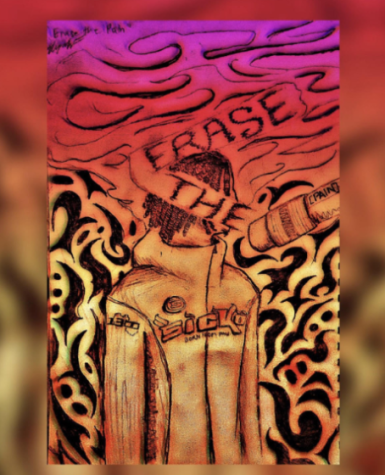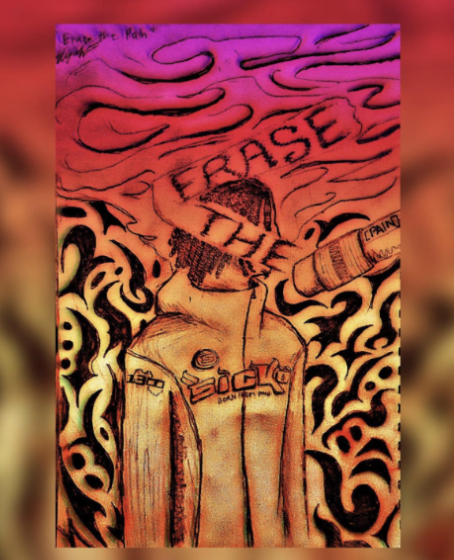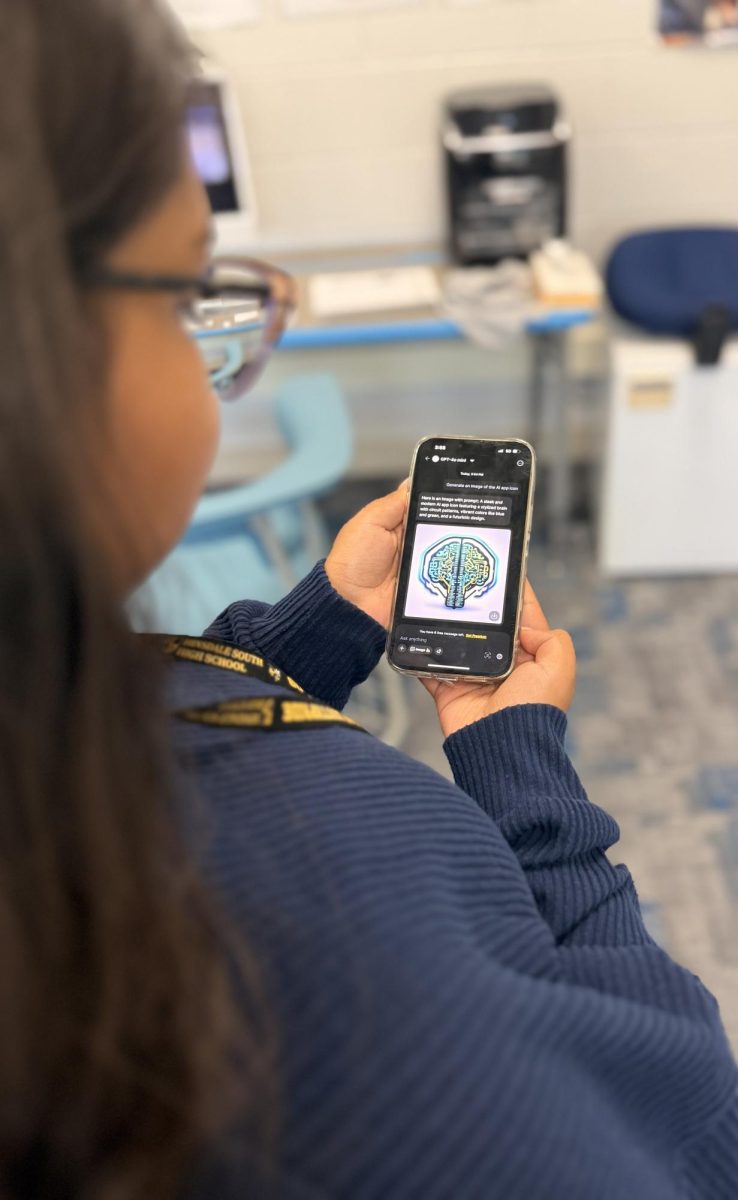AI Art: The Last “Draw”?
February 17, 2023
1750 marked the dawn of the Industrial Revolution. 1969 dated the birth of the Digital Revolution. 2023 may be the onset of a new, controversial phenomenon: the AI Revolution.
AI — an abbreviation commonly tossed around today — is short for artificial intelligence. This term was originally coined in 1956 to define the ability of machines to mimic human intelligence processes through algorithm-based reason and self-correction programming.
In previous years, Artificial Intelligence has been a fundamental tool in healthcare; Fitbits have allowed consumers to track their sleep and activity through an analytical dashboard while da Vinci surgical robots have been utilized to enhance precision and contribute to minimally invasive procedures.
Today, AI is all around us yet we tend to cast a blind eye to it: social media feeds, digital assistants like Alexa, and music services like Spotify pervade our homes. While it’s becoming ever more prevalent in our lives, you can breathe a sigh of relief. We’re not necessarily doomed to a future of Terminator or Ultron: a misconception derived from comic books.
In fact, restaurants by the likes of DAWN are taking steps to offer employment opportunities for the physically disabled through AI technology rather than promote humanity’s demise. Eye-tracing commands have allowed their 4-foot-tall robotic servers to perform various tasks with a single glance.
However, as we delve into unchartered territory – the realm of digital art – controversy is bound to emerge. Developing AI art platforms like Nightcafe and Dream have recently been tested by major brands; in December, Pantone generated a visual representation of their “Color of the Year ” using Midjourney. These actions have sparked a social media uprising by the name of “#artbyhumans”.
Artists at Hinsdale South have expressed an array of unique viewpoints on the movement.
Ella Hardman, a member of the Art Honor Society specializing in physical mediums, pointed out, “no matter what, there is still a value to digital art created by a real artist because there is a sense of emotion and humanity within it that can’t be recreated by anyone but the artist.” Though — acknowledging the subjectivity of the issue — she noted “it’s different for every artist because we all have our own style and niche”.

For digital artists in particular, it’s been a “complex” topic to grapple with. Elijah Fields is an artist who has explored both pen and digital mediums; over his career, he’s compiled pieces portraying primarily “emotions and feelings”. He explained how unlike AI art generators — which can produce an image in a matter of a few seconds — his work can range from 10 minutes to 4 hours. Artificial Intelligence lacks human dedication. Taking this into consideration, he believes that “naturally produced” art should be valued to a higher degree.
The question arises, are we trading creativity for efficiency and instantaneous gratification?
Dezire Golden begs to differ, commenting how “[she] believes it’s giving [artists] more ideas for artwork, colors, and just inspiration in general.” Rather than serving as a hindrance, AI has altered the scope of our imagination.
Though AI may have an overbearing presence in our lives, the future of this development is ultimately dictated by the choices we make today. 2023 is the creation of our imagination: a force unparalleled to the wiring of a computer’s interface.






